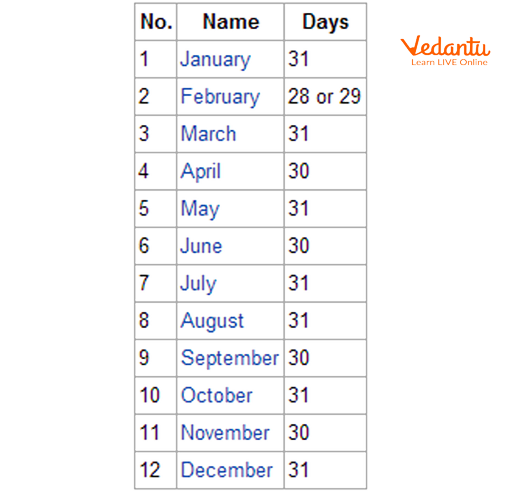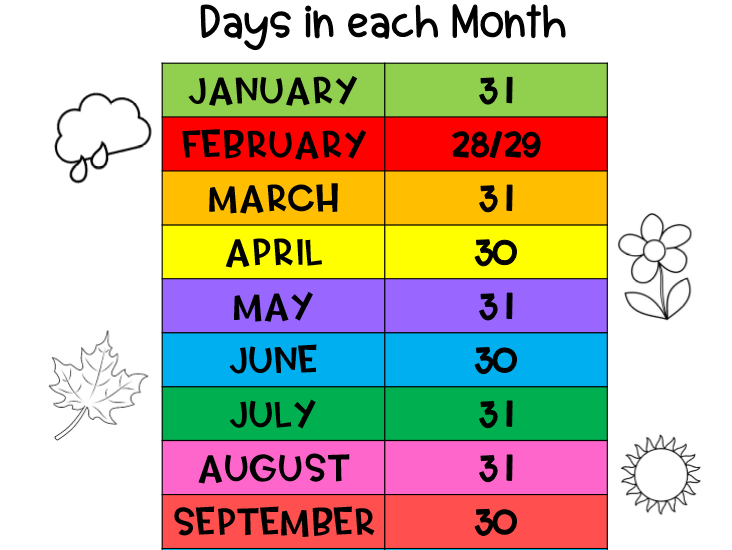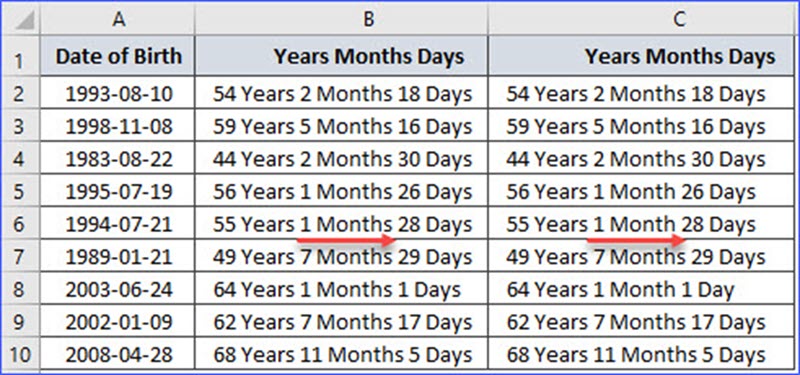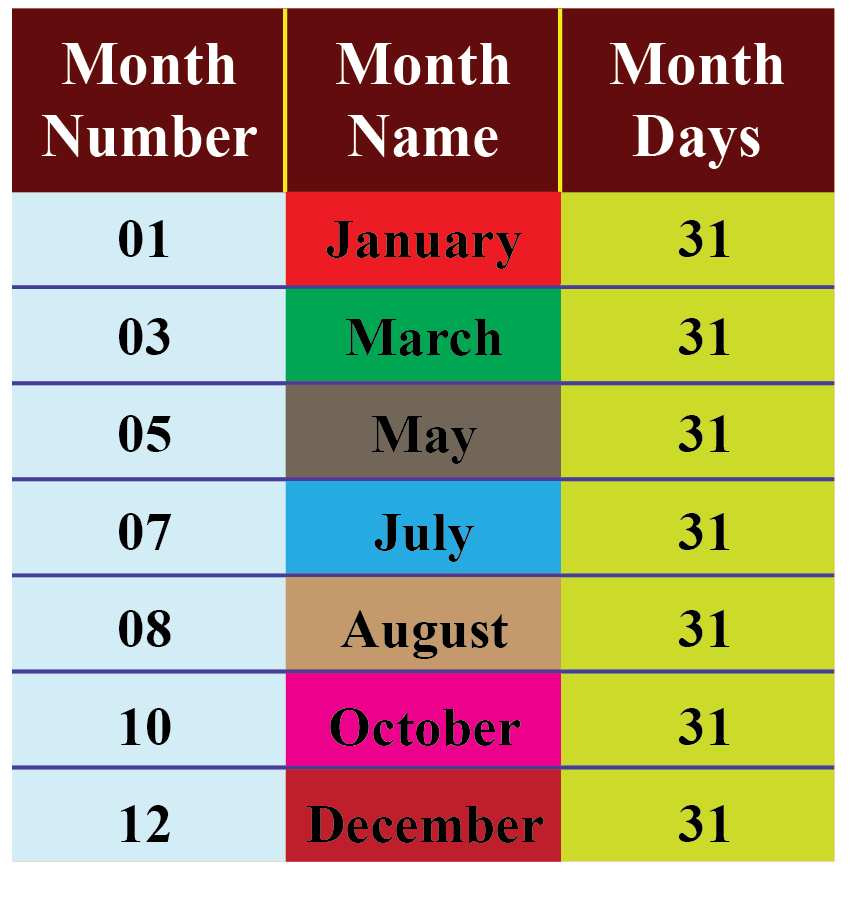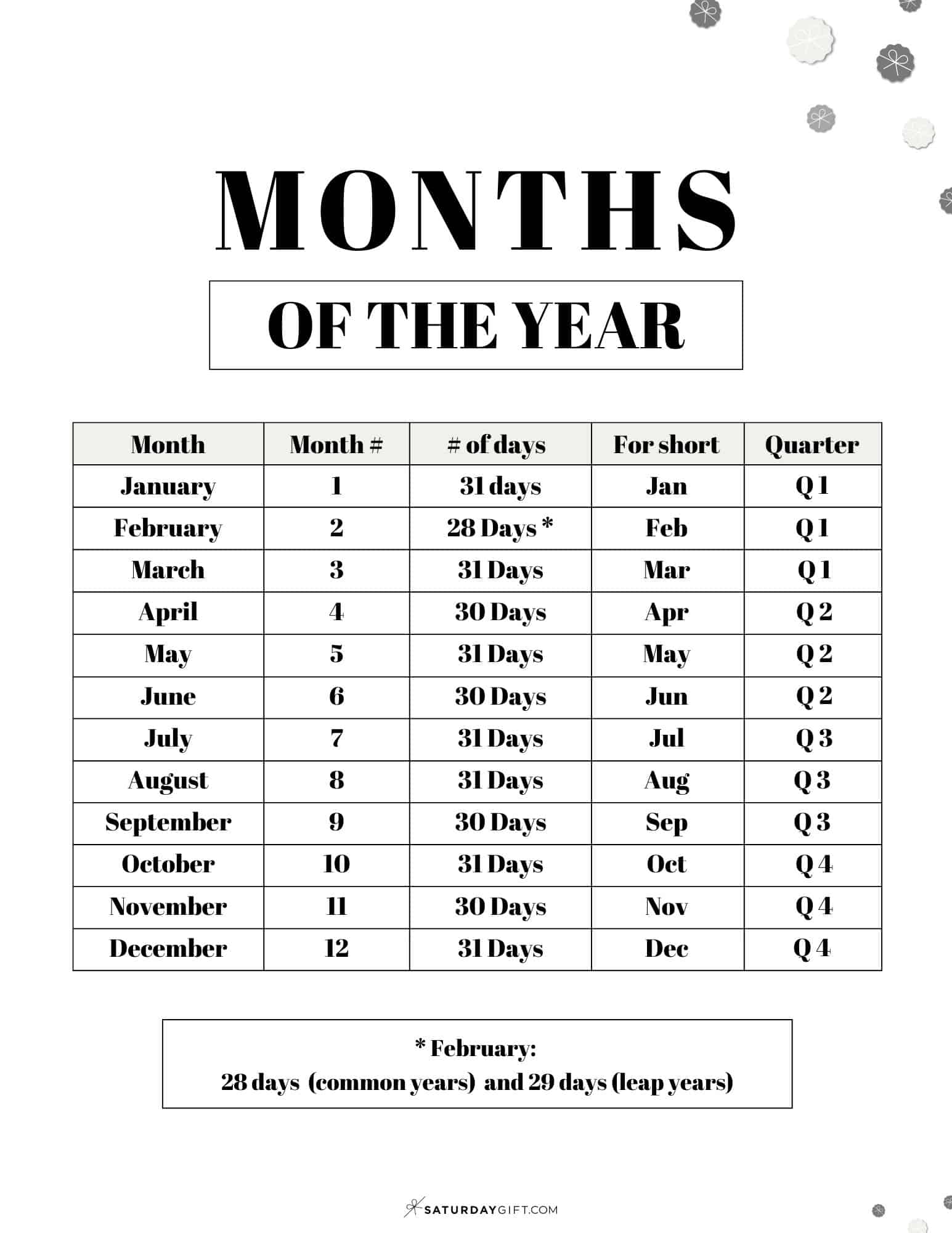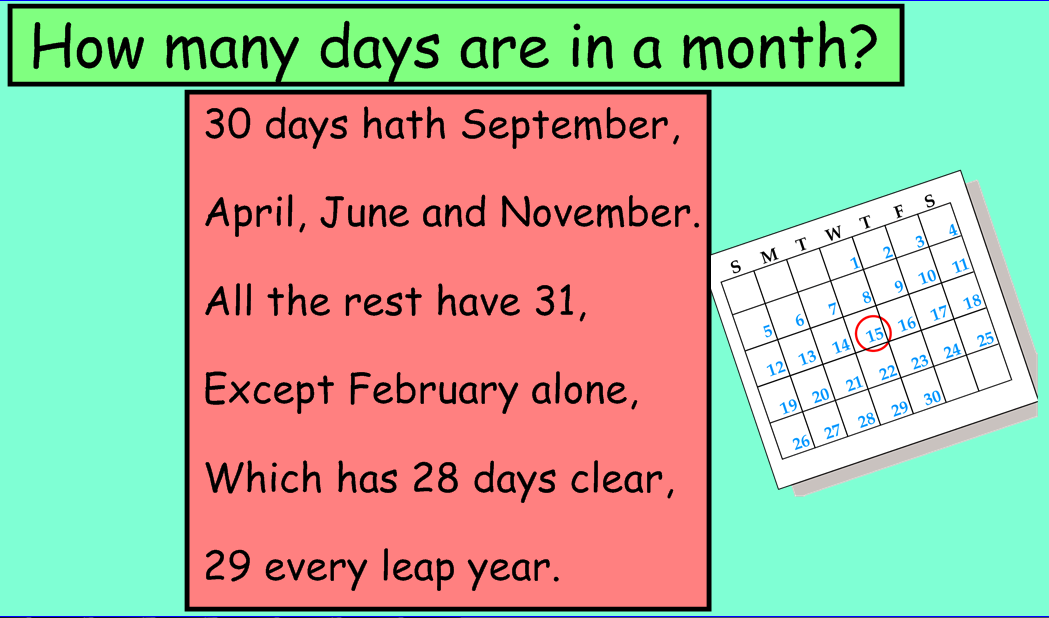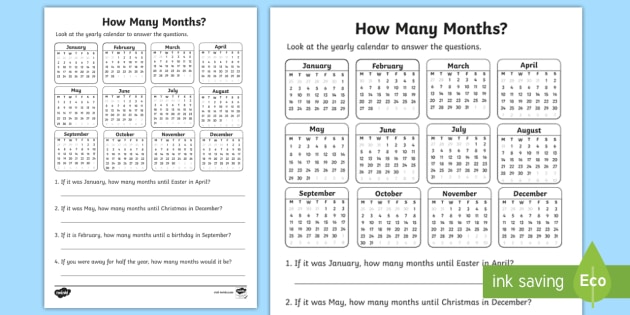How Many Months Is 94 Days

Navigating the complexities of time can often lead to simple yet surprisingly common questions. One such question that frequently arises is: how many months are in 94 days?
While seemingly straightforward, accurately converting days to months necessitates understanding the varying lengths of months within a calendar year. This article aims to provide a clear and concise answer, outlining the methods and factors involved in this conversion.
The Nuances of Converting Days to Months
The primary challenge in converting days to months lies in the fact that months are not uniform in length. The Gregorian calendar, the most widely used calendar system globally, includes months ranging from 28 to 31 days. This variation complicates a simple division calculation.
To accurately estimate the number of months in 94 days, an average month length must be considered. Typically, this average is calculated based on the total number of days in a year divided by the number of months.
Calculating the Average Month Length
A standard year consists of 365 days. Dividing this by 12 months yields an average of approximately 30.42 days per month.
However, leap years, which occur every four years (with exceptions for century years not divisible by 400), introduce an extra day, altering the average slightly. During a leap year, the calculation would be 366 days divided by 12 months, resulting in an average of 30.5 days per month.
Applying the Average to 94 Days
To determine how many months are in 94 days, we divide 94 by the average month length. Using the standard average of 30.42 days, the calculation is 94 / 30.42.
This results in approximately 3.09 months. Therefore, 94 days is roughly equivalent to a little over three months.
If a more precise calculation is desired, the context of the year (leap year or not) should be considered. Using the leap year average of 30.5 days, the calculation would be 94 / 30.5.
This results in approximately 3.08 months. The difference between the two calculations is minimal, but it highlights the slight impact of leap years on day-to-month conversions.
Practical Implications and Applications
Understanding these conversions is crucial in various contexts. For instance, in project management, estimating timelines often involves converting days into months for reporting and planning.
Similarly, in financial planning, certain interest rates or loan terms might be expressed in days, requiring conversion to months or years for better comprehension. Healthcare, especially in tracking pregnancies or medication schedules, also benefits from accurate day-to-month conversions.
Even everyday scenarios, like planning vacations or tracking personal projects, can benefit from understanding these basic time conversions. The ability to quickly estimate months from a given number of days enhances overall time management skills.
The Importance of Context and Precision
While using an average month length provides a reasonable estimate, it’s essential to remember that the result is an approximation. For situations requiring high precision, consulting a calendar is always advisable.
For example, if the 94-day period falls within specific months, calculating the exact number of months based on the actual number of days in each month will yield the most accurate result. This is particularly important in contractual agreements or legal contexts where precision is paramount.
Ignoring the specific context could lead to minor discrepancies, which, in certain situations, could have significant consequences. Therefore, a blend of understanding average conversions and being mindful of specific dates is the best approach.
Human-Interest Angle: The Significance of Time
Beyond the mathematical calculation, the question of "how many months is 94 days" touches on our perception of time itself. Time, a finite resource, is fundamental to the human experience.
From marking personal milestones like birthdays and anniversaries to planning long-term goals, our lives are structured around the passage of time. The seemingly simple act of converting days to months reflects our ongoing effort to understand and manage this essential dimension of our existence. Understanding time is understanding life.
Perhaps, asking how many months constitutes a given number of days, is a constant reminder that time is valuable.
Conclusion
In summary, 94 days is approximately equivalent to 3.09 months using the average month length of 30.42 days. Accounting for leap years, the result is closer to 3.08 months.
While these calculations provide a useful estimate, it's important to consider the specific context and the need for precision. Always remember to adjust for specific situations like specific month duration for more accurate time calculation.
Ultimately, understanding the nuances of day-to-month conversions enhances our ability to plan, manage, and appreciate the finite resource of time.
